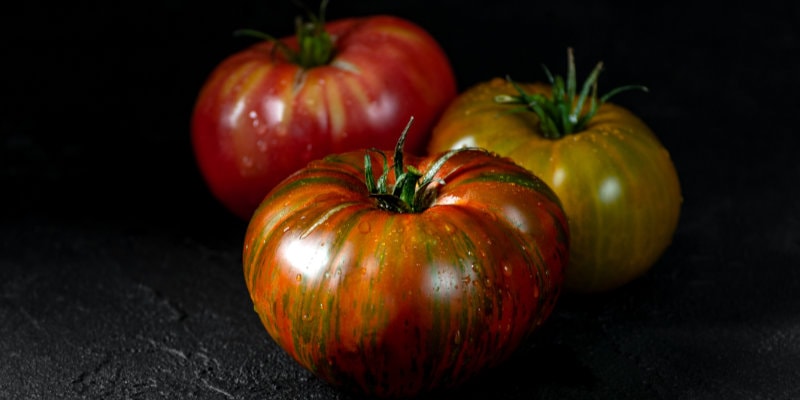The tomato taste test.
You slice a tomato from the garden – along with one that came from the grocery store – and taste them both.
There are many reasons the one from the store often doesn’t taste like much.
First, the variety of tomato is bland to begin with. It was chosen for aesthetics and shipping, not flavor.
It’s picked before it is ripe. It’s shipped on a truck, maybe thousands of miles, usually in a fridge (tomatoes taste bad after refrigeration).
It may be stored for weeks in a warehouse. Then, it gets ripened with ethylene.
Each of these steps is bad news for flavor.
The home-grown tomato, on the other hand, is often an heirloom.
That means the seeds were passed down for generations because of the flavor.
It gets ripe on the vine.
There’s no shipping.
No fridge.
No ethylene.
Many fruits and vegetables share the same story.
I mention flavor because it’s one of the main reasons more and more people are growing their own food at home.
But I have a reason that isn’t mentioned much, one that’s just as important to me:
Nutrition.
Some researchers think our food has dramatically decreased in nutrition.
From a 2007 paper, The mineral depletion of foods available to us as a nation (1940-2002):
“Research from all over the world has demonstrated the reality of the loss of micronutrients from our foods and provides evidence that micronutrient deficiencies significantly undermine our health.”
It continues:
“Yet we continue to see the relentless pursuit of farming and marketing practices that emphasize cheapness and durability over quality to the point where the past few generations have become conditioned to accept this as the norm – with palates that have been conditioned to prefer foods containing excessive amounts of saturated fats, refined proteins, salt, sugar and other refined carbohydrates.”
In a home garden, you can put in the effort to get more nutrition into the food you grow. That may take a combination of soil work, composting, fertilizing, bringing in beneficial biology, and more.
Even for small, local farmers, it can be hard to do this because there’s not enough profit. We should absolutely seek out the farmers who are doing it, but we can also do some of it ourselves.
By the way, nutrition is intertwined with flavor, and also with pest resistance.
When you get it right, you have food that tastes better than any food you can buy, never gets bothered by insects or diseases, and gives you more nutrition in one fruit or vegetable than several from the grocery store.
P.S. Growing nutrient-dense food is what I show you how to do for yourself in our free online gardening course (takes 1 minute to register, you can start right away, and yes, it’s free!).
